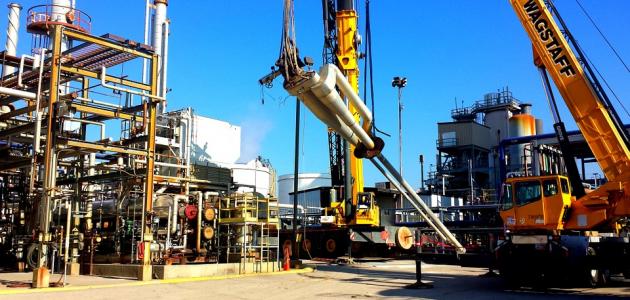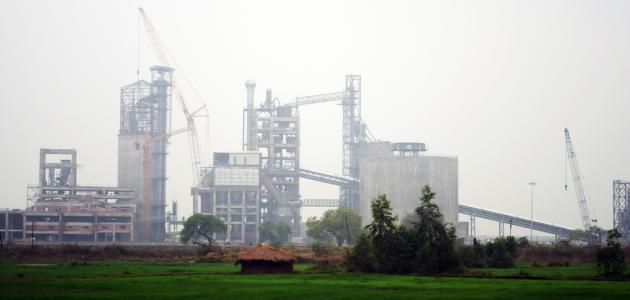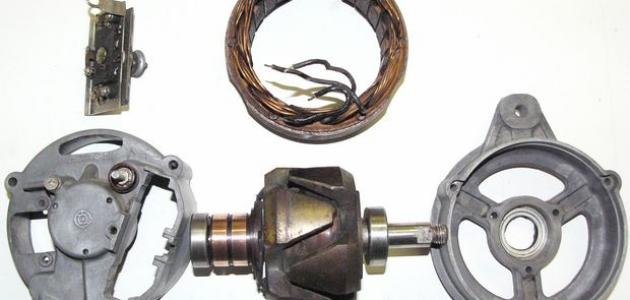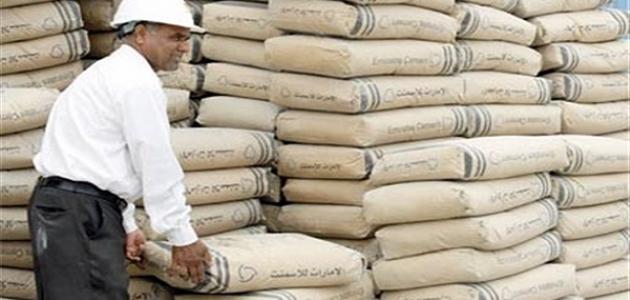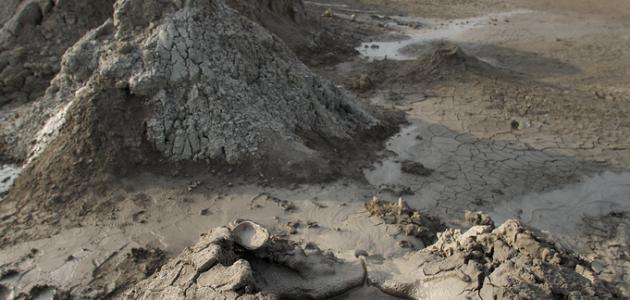paper
Paper is the basic material used in written communication, as it is an indispensable part of daily life. The use of paper is not limited to that only, but it is also used for wrapping, insulation, packaging, and other various uses. Paper is a flexible network consisting of fibers. Connected and compressed, these fibers come from several sources, including cloth rags and cellulose fibers found in plants and trees. Half of these fibers are currently provided from wood that was harvested for this purpose, while the other half is provided from several sources, including: Wood from sawmills, newspapers, recycled fabric, and some plant materials.
It is worth noting that there are types of trees whose characteristics are more suitable for paper manufacturing than others, such as conifer trees, as the cellulose fibers found in the core of these trees are long. Which forms stronger paper after it is manufactured, in addition to the fact that there are plants other than trees that are used in making paper due to the lack of trees in areas where there are no large forests, including: bamboo, straw, and sugar cane. With the increase in demand for paper, and the development of mechanisms Manufacturing: The use of any type of tree in paper manufacturing has become possible.
Paper making in ancient times
The paper industry began in ancient times, when paper was invented in China by the Chinese Cai Lun. The first paper was made from corroded plant fibers. The paper industry continued to spread and develop until it reached what it is now. Paper manufacturing in the past was By removing the fibrous layers present in the plant stem, and placing them next to each other perpendicularly with another group of layers that were arranged in the same way, to moisten all of them, compress, and dry, until the plant’s juice (in English: gluelike) then glues them to each other, as it acts as a natural material. Adhesive.
Read also:How to make a fanModern paper industry
The world continued to make paper manually, until the first paper-making machine was invented by Louis Robert, which facilitated the process of making paper. This machine works through two main stages: processing the raw materials, and making the paper plate in the Fourdrinier machine, which summarizes the method. It works as follows:
- Raw material processing stage: This stage includes converting wood chips into pulp, as pulp is the raw material for making paper, which is manufactured in two ways:
- Chemical pulping: This method is considered the most efficient for producing high-quality paper, as wood pieces are cooked with chemicals to remove the lignin, which are later transformed into fibers that are washed and bleached until they reach their final form.
- Mechanical Pulping: This method is based on grinding wood pieces under a stream of water, where the bark is separated from the wood pieces, and then these pieces are cut into smaller pieces before they are turned into fibers. This stage also includes bleaching the paper, as paper bleaching is important for writing purposes, as the dark lignin color is removed by bleaching the pulp using oxygen bleaching techniques, in addition to refining, beating, sizing, and fiber coloring that is also done at this stage.
- The stage of making paper plate in the Fordinier machine: At this stage, the fibers are shaped to produce different types of paper. The pulp flows into the Fordinier machine, and then undergoes several processes that result in the formation of a paper sheet of fibers, which is subjected to suction and drying to reduce moisture in it, followed by the calendering process. Which aims to enhance the physical and mechanical properties of the paper. Finally, the manufactured paper pages are wrapped into large rolls for shipment.
Characteristics of manufactured paper
Physical and mechanical properties play a major role in determining the quality of manufactured paper. The mechanical properties that determine this include tensile strength, compressive strength, bending, and hardness. As for transparency, brightness, and the measurement of light that passes through the paper, and others, they are among the physical properties that affect the quality. Overall printing. For example, the surface of the paper manufactured for printing purposes must be smooth enough to transfer the ink properly.
Read also:What is laurel soap?Paper recycling
Recycling helps reduce the depletion of the Earth's natural resources, because it has an impact in reducing the percentage of pollution by saving the costs of manufacturing new materials, in addition to reducing the percentage of pollutants that factories release into the air as a result. The process of recycling paper, for example, reduces pollution. Air pollution by 73%, and also reduces water pollution by 35%, according to a study conducted by the University of Central Oklahoma. However, this recycling process requires that the paper be clean and free of any other contaminants such as food, plastic, metals, and other contaminants that make the recycling process difficult. The paper to be recycled is delivered to the factory to be rolled, collected with machines, then sorted according to specific classifications, and stored, after which it can be processed and recycled as previously. If the paper is contaminated, it is burned or turned into fertilizer without being used in the recycling process. Paper is an easy material to recycle. It does not require intense heat to melt it and transform it into a new form, unlike plastic and metals. However, this does not mean that it does not need the energy and water necessary to complete the recycling process. It is worth noting that paper cannot be recycled multiple times, as The small fibers stick together and become very small, due to the repeated processing process, which forces factories to add some new pulp to each batch of recycled paper to make it stronger. Despite all this, the materials used to make paper are still new raw materials, as two-thirds of what we use to make paper It comes from trees.
Read also:Pros and cons of television
